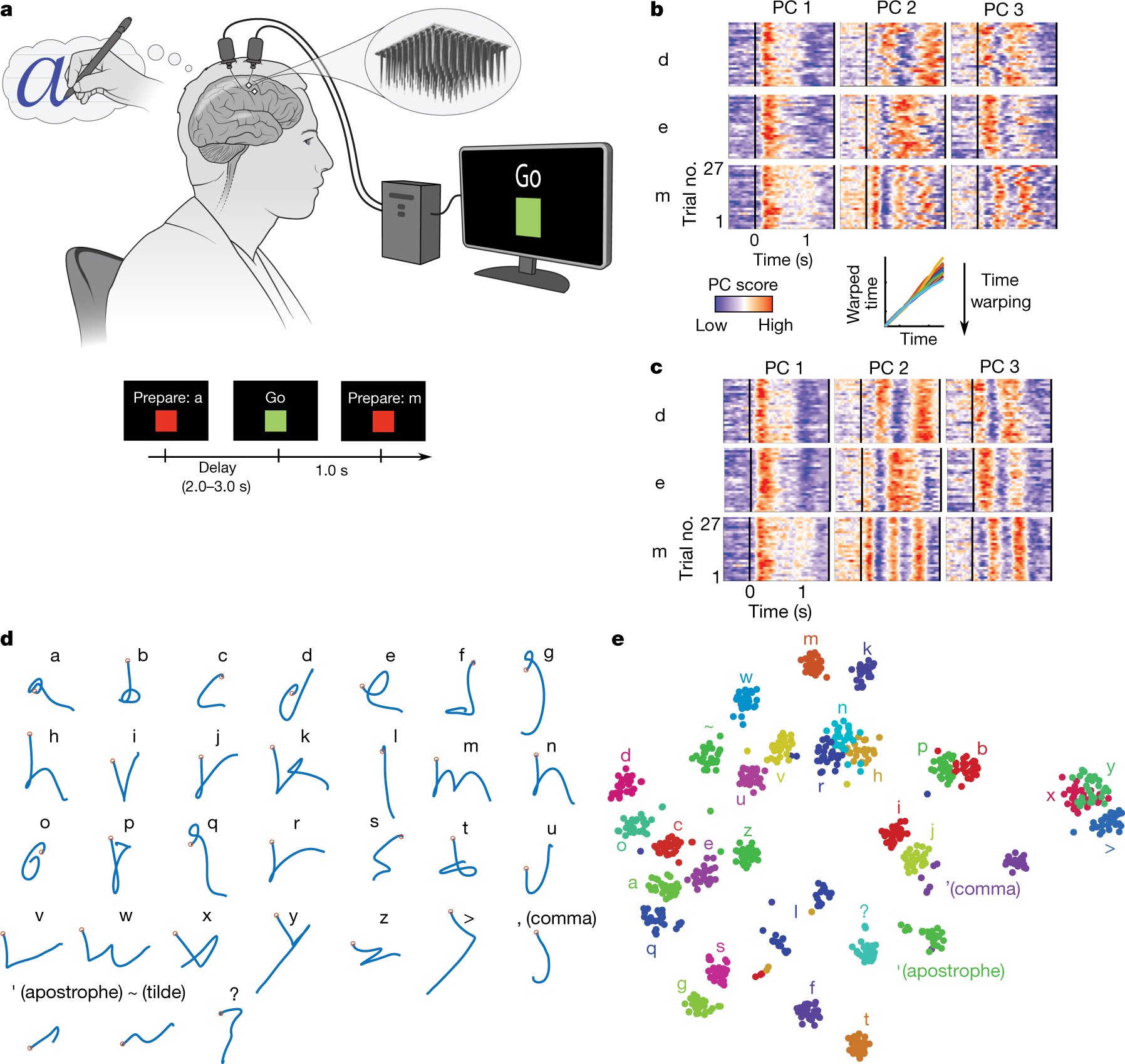


This brain reading approach uses three components: a structural encoding model that characterizes responses in early visual areas a semantic encoding model that characterizes responses in anterior visual areas and a Bayesian prior that describes the distribution of structural and semantic scene statistics. Identification of complex natural images is possible using voxels from early and anterior visual cortex areas forward of them (visual areas V3A, V3B, V4, and the lateral occipital) together with Bayesian inference.

Professor of neuropsychology Barbara Sahakian qualifies, "A lot of neuroscientists in the field are very cautious and say we can't talk about reading individuals' minds, and right now that is very true, but we're moving ahead so rapidly, it's not going to be that long before we will be able to tell whether someone's making up a story, or whether someone intended to do a crime with a certain degree of certainty." Īpplications Natural images Brain reading studies differ in the type of decoding (i.e. classification, identification and reconstruction) employed, the target (i.e. decoding visual patterns, auditory patterns, cognitive states), and the decoding algorithms ( linear classification, nonlinear classification, direct reconstruction, Bayesian reconstruction, etc.) employed. Advances in research have made this possible by using human neuroimaging to decode a person's conscious experience based on non-invasive measurements of an individual's brain activity. Brain-reading or thought identification uses the responses of multiple voxels in the brain evoked by stimulus then detected by fMRI in order to decode the original stimulus.


 0 kommentar(er)
0 kommentar(er)
